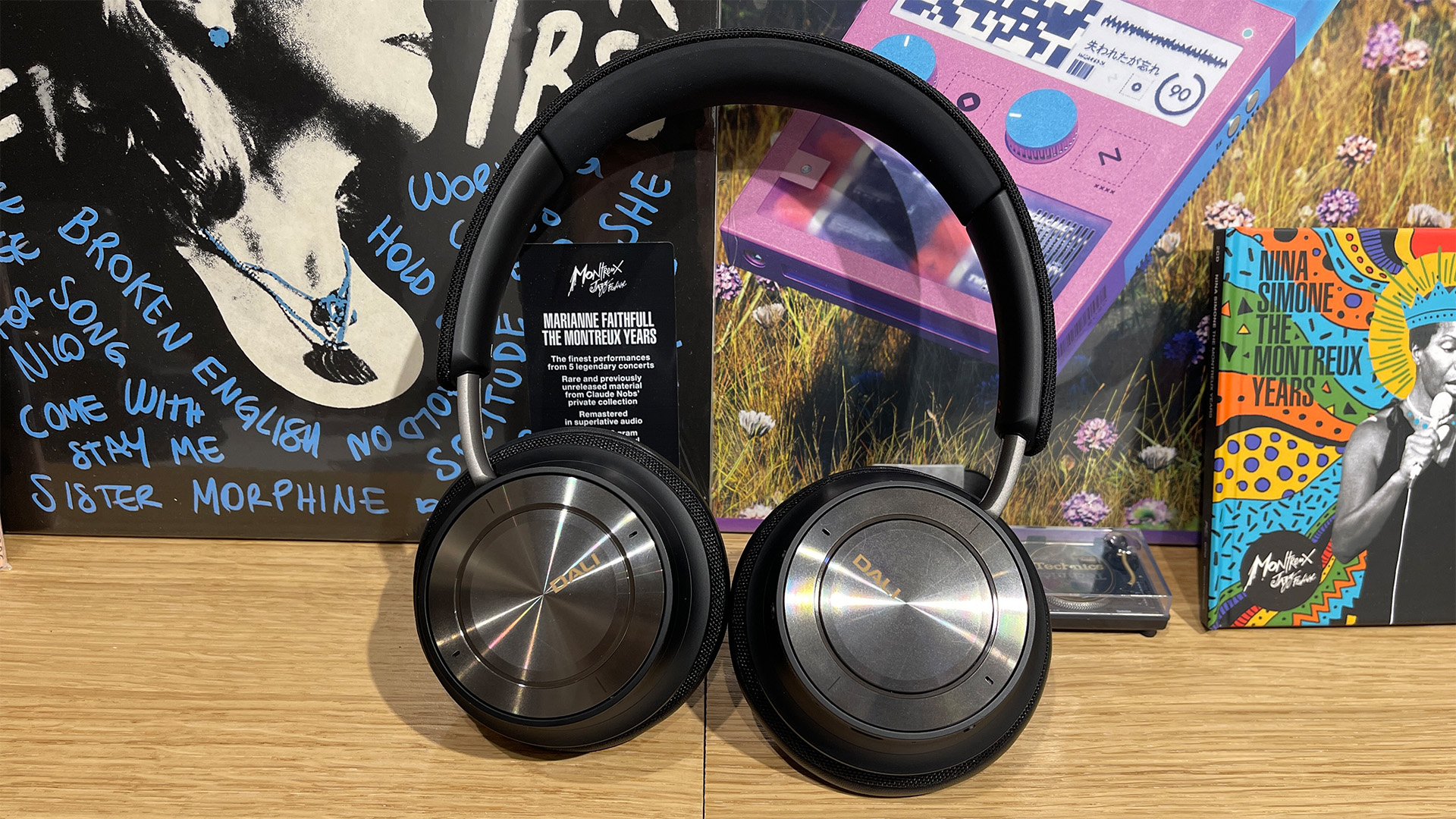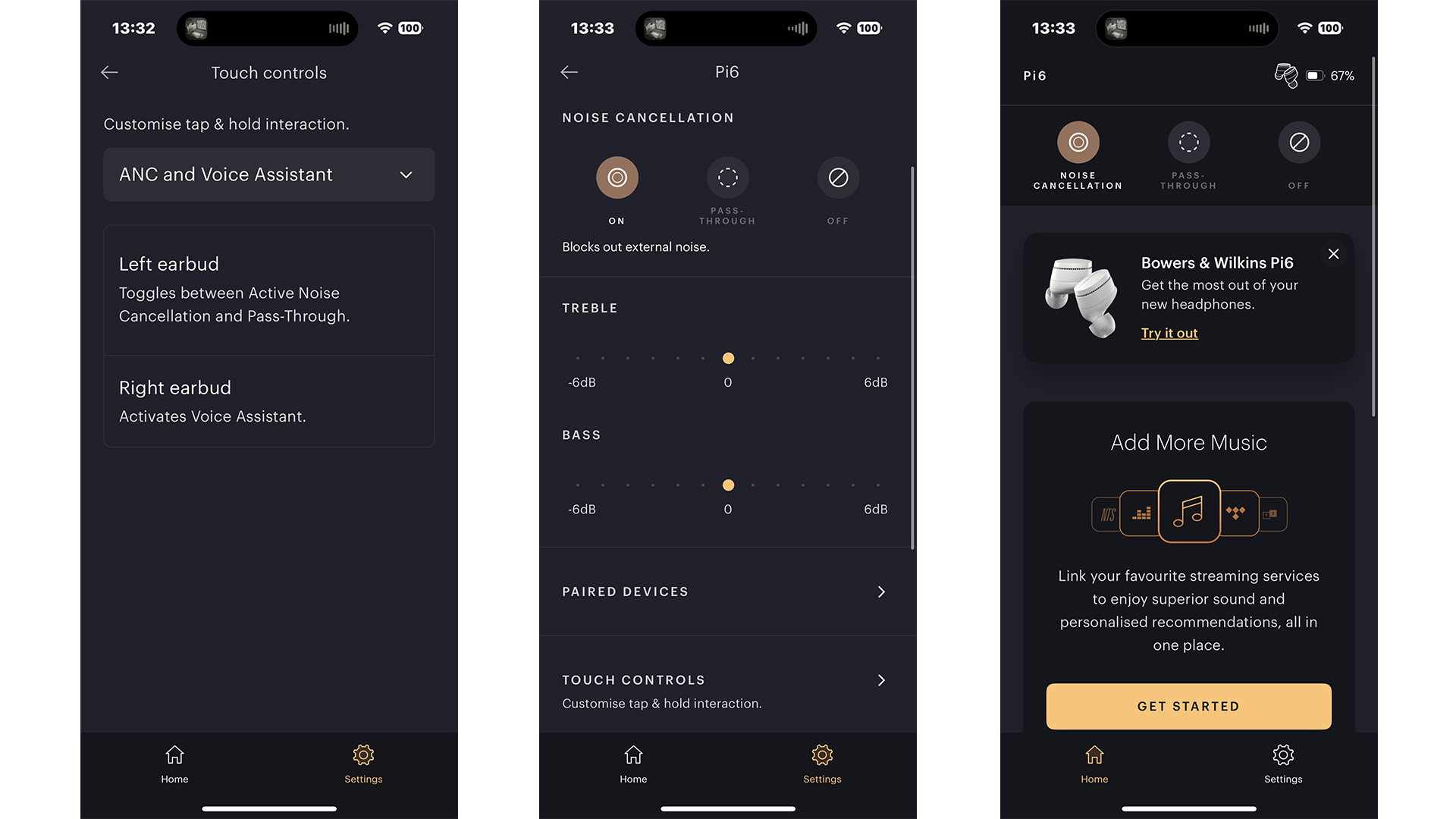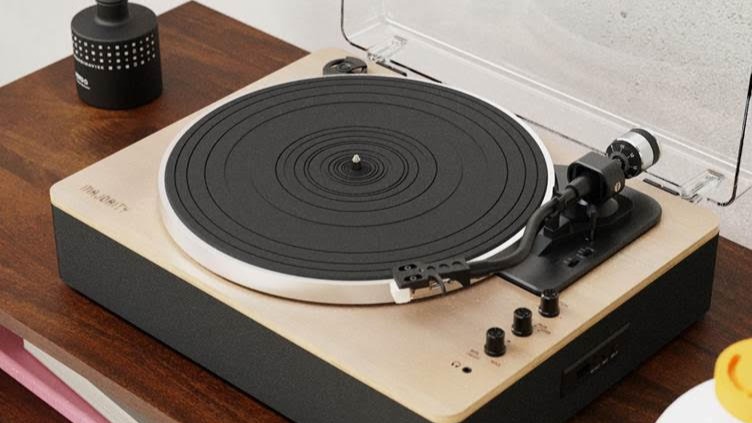These stunning five-star Dali wireless headphones omit one major feature – but don't suffer for it
The Dali IO-8 say no to supporting software

There are some things we just expect from a pair of wireless headphones or earbuds these days. We expect them to sound great, naturally. We expect them to be laden with features and to be durable in weather conditions ranging from Arctic frosts to torrential downpours. We even expect them, provided the price is nudging over around £100 / $100, to have noise cancelling. We’ve become, in many ways, rather spoiled in this modern age of Bluetooth Multipoint and high-resolution codecs.
We also expect our wireless headphones to come with a dedicated support app. Gone are the days when you bought a pair of buds and that was it – now you’ll get your very own platform through which you can rootle through the buds’ extensive feature list, tweak the settings and even give them a cute custom name if you so choose. This isn’t just the case for the high-end options, either – the Earfun Air have an accompanying, and rather good, support platform, and they only cost you around £30 / $30 at the time of writing.
Support apps have become de rigueur for practically any set of wireless earbuds or headphones – not to mention Bluetooth speakers and music streamers – worth their salt, so much so that we barely even question their existence anymore. We have become accustomed to their presence to such an extent that no one these days has considered one seemingly outlandish question: do we actually need these apps at all?
Bizarre as it may seem, it’s a thought that popped into my mind following the release, and subsequent five-star rating, of the recently reviewed Dali IO-8 headphones. Here was a pair of premium wireless over-ears that, at the not-inconsiderable asking price of £599 / $900 / AU$999, were going back to the old days (well, older days) and doing things the old-fashioned way via a series of on-cup buttons. No fancy app, no web support, nothing; just you and your headphones, as the hi-fi gods intended.
Despite a few minor issues concerning the overall implementation, the Dali make a decent fist of it. There are buttons for power, cycling through noise-cancelling modes and a bass-boost toggle, all followed by clear voice prompts to confirm exactly what you’ve just told your cans to do at any given moment. The configuration of the buttons could be better and there is always the risk of poking the power button instead of the sound-mode button (or vice versa), and you don’t get the deep levels of customisation that you find with the best applications, but IO-8 demonstrated that a pair of headphones can manage without any on-phone software to back them up. We have spent a good deal of time with the Dalis, and rarely have we actively yearned for a separate digital platform through which we can interact with the five-star cans.

Then there’s the issue of Apple’s iconic range of AirPods. This is a different kettle of the proverbial, naturally, but any iPhone user who has crossed paths with a pair of the iconic white stems will know that you don’t have to download any third-party platform from the app store to get them working. Apple-branded tech, including many Beats products such as the Fit Pro, operates via an iPhone’s built-in iOS operating system, whereby control of most functions is integrated within the normal functionalities of the phone. You can access noise-cancelling modes on a pair of AirPods 4 with ANC, for instance, by simply pulling up your phone’s slide-down menu and pressing the built-in volume slider. It’s a beautifully smooth, intuitive, on-your-doorstep approach to device management, though Apple is unlikely to unlock it for any brands other than the ones it currently owns.
Given that you can, theoretically at least, rely either on on-ear controls or an integrated system through which to operate your headphones, does this mean that the humble app is rendered utterly unnecessary? Well no, sadly not. Branded apps from big-name manufacturers are, most of the time, essential to any device which relies on deeper levels of customisation or can't facilitate a more in-depth array of buttons to take care of the primary functions that most modern consumers need. Large over-ear headphones can house a decent array of physical adornments, but a titchy set of wireless earbuds? Good luck trying to get those crammed onto a set of the Sony WF-1000XM5 or Bose QuietComfort Ultra Earbuds.
Get the What Hi-Fi? Newsletter
The latest hi-fi, home cinema and tech news, reviews, buying advice and deals, direct to your inbox.
And where do you customise those touch controls? Yep, you guessed it. You need an app to adjust your custom equaliser, cycle through noise-cancelling modes, toggle your codec support and, of course, customise your buds’ or headphones’ on-ear touch controls to your liking. If a device or product is sufficiently sophisticated or feature-laden, a set of on-cup buttons simply isn’t going to cut it. The Dali make a good job of it, but the nitty-gritty utility of five-band equalisers or in-depth touch controls isn't manageable from a set of cans alone, even if the IO-8 do have a sound-altering bass-boosting button.
The lesson of the Dalis, then, is not that applications are redundant and that the purity of physical buttons is the way forward. Rather, it’s that a limited or completely absent app isn’t a dealbreaker if the performance of the product in question is up to the task. And that's something we can confidently assert when it comes to the clean, crisp and deeply expressive nature of the IO8. In this instance, very little could temper our affections for the five-star cans, with customisation protocols such as equalisers made near-redundant by the sonic supremacy of the headphones themselves. After all, why would you want to tweak a sound that was so exceptional in the first place?
For most headphones, though, customisation isn't a bad thing, as tweaks can be a benefit – we needed to turn the bass down on the five-star Sony WH-CH702N, and those are exceptional headphones for the price. Apps are here to stay, offering convenient customisation alongside essential settings which on-ear controls generally fail to match. The Dali IO-8 don’t prove the redundancy of such helpful platforms, but instead show that they aren’t the be-all and end-all when it comes to making or breaking a product’s overall credentials – especially since the IO-8 rely far more heavily on sonic performance than they do on high-powered tricks and features. The Dalis aren’t necessarily better for their lack of an app – instead, their performance is so exceptional that you probably won’t care that one is missing; and that, in itself, is all the praise we could ever give them.
MORE:
Read our five-star Dali IO-8 review
My dream pair of wireless earbuds combines the best bits of Apple, Bose, Bowers & Wilkins and Sony
These are the best wireless earbuds we have tested

Harry McKerrell is a senior staff writer at What Hi-Fi?. During his time at the publication, he has written countless news stories alongside features, advice and reviews of products ranging from floorstanding speakers and music streamers to over-ear headphones, wireless earbuds and portable DACs. He has covered launches from hi-fi and consumer tech brands, and major industry events including IFA, High End Munich and, of course, the Bristol Hi-Fi Show. When not at work he can be found playing hockey, practising the piano or trying to pet strangers' dogs.
